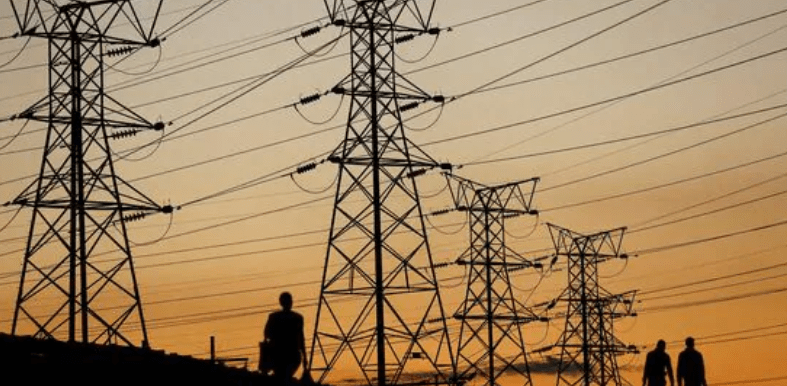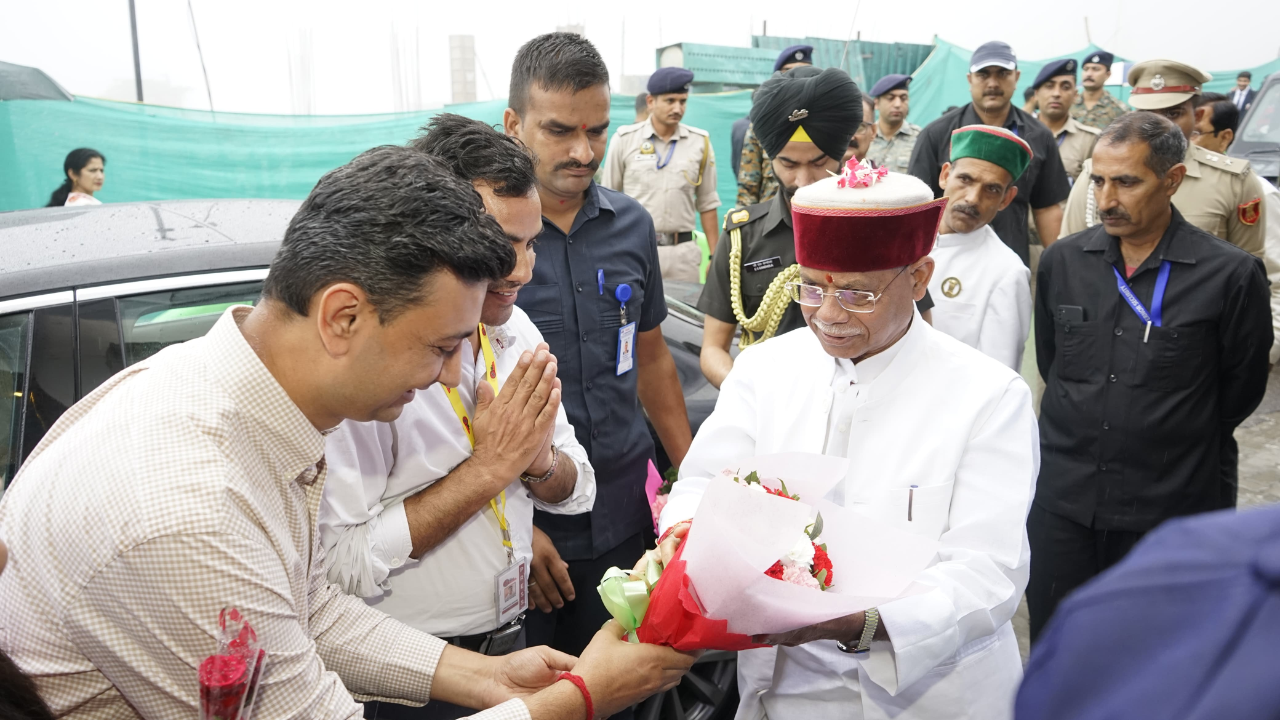Follow LPG model for direct transfer of electricity subsidy into accounts of consumers
In a major reform, the Himachal Pradesh government is preparing to introduce a new system where electricity subsidies will be directly transferred to consumers’ bank accounts, similar to the subsidy mechanism for gas cylinders.
This initiative will come into effect in the new year and will require electricity meters to be linked to Aadhaar numbers and ration cards. Under the new plan, consumers will first have to pay their entire electricity bill, after which the subsidy amount will be credited to their bank accounts through direct benefit transfer (DBT).
The state’s Electricity Board has set a target to complete the e-KYC process for all consumers by the end of this month, a necessary step to implement the subsidy system. Employees are currently conducting door-to-door visits to gather Aadhaar and ration card details.
Also Read: https://thenewzradar.com/sanjauli-mosque-committee-seeks-waqf-boards-permission-to-demolish-illegal-construction/
Consumers receive a one-time password (OTP) on their Aadhaar-linked mobile number, which is used to complete the e-KYC process. Since most bank accounts are already linked to Aadhaar, the subsidy will be deposited directly into the accounts of all eligible domestic consumers.
The government currently provides subsidies on electricity consumption up to 300 units per month for domestic consumers, amounting to a yearly grant of Rs 800 crore to Rs 1,000 crore for the Electricity Board.
One family, one meter policy
A key feature of the new system is that electricity subsidies will be granted on only one meter per family. If a consumer has multiple electricity connections, subsidies will only apply to one, with the remaining connections charged at non-subsidized rates.
This is expected to impact families with properties in both rural and urban areas, who presently benefit from subsidies if their monthly consumption is below 125 units. Once the new policy is enforced, these families will be required to pay a minimum charge.
Penalty for not updating meter load
The government is also planning to introduce fines for consumers who fail to update the load capacity of their electricity meters. Consumers have three months to correct their meter load without the need for a test report—only a revised security deposit will be required. The move follows complaints that many consumers are using more electricity than their approved load allows, leading to discrepancies in billing.
With these reforms, the government aimed to streamline electricity subsidy distribution and ensure a fairer system for all consumers, said an official.






